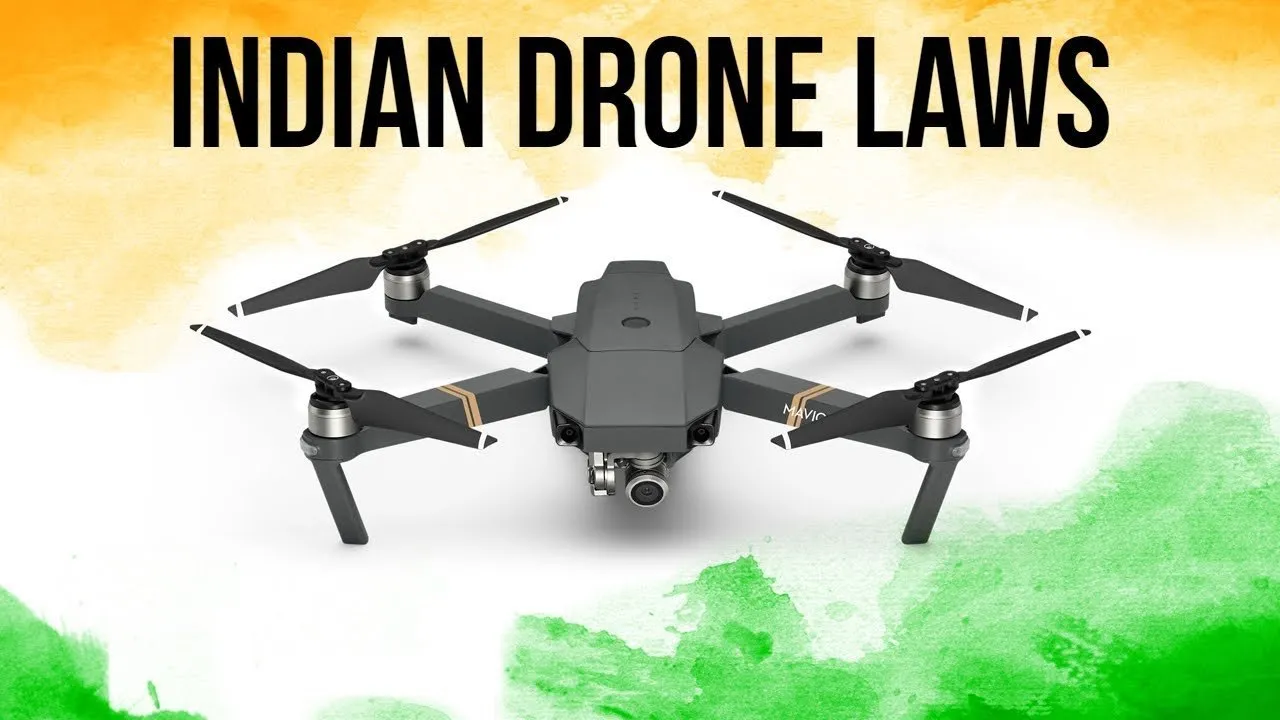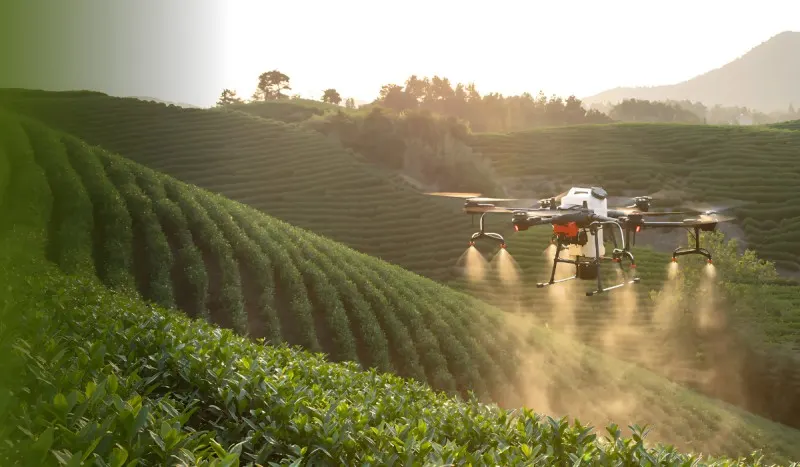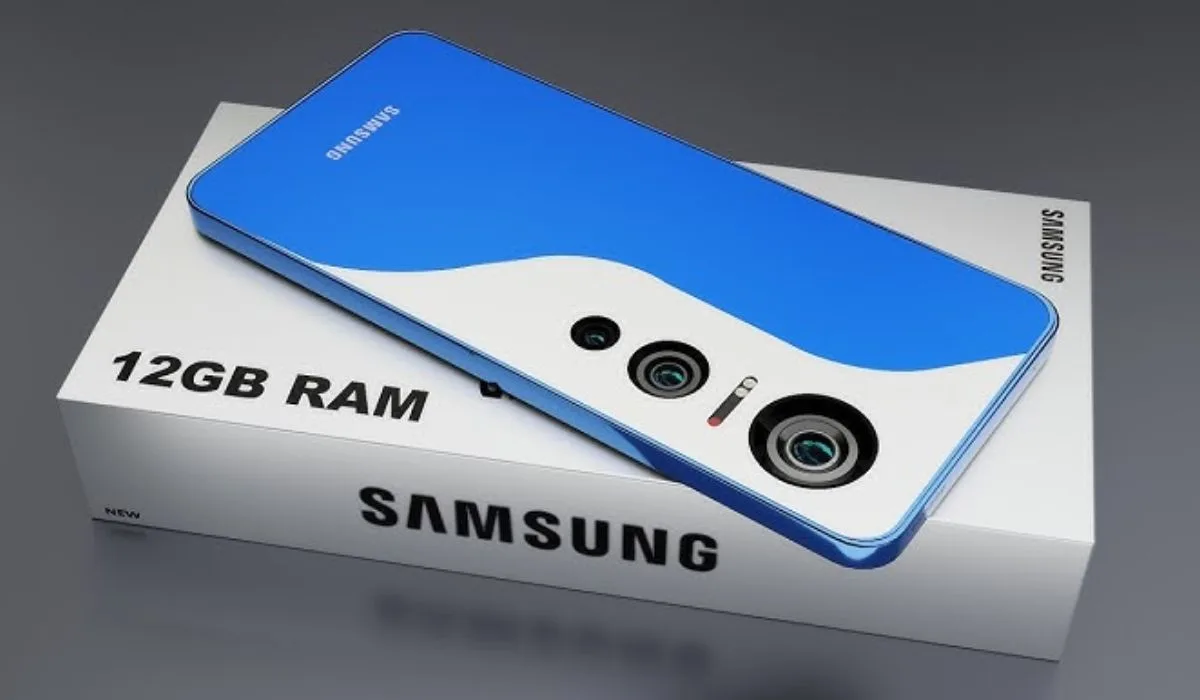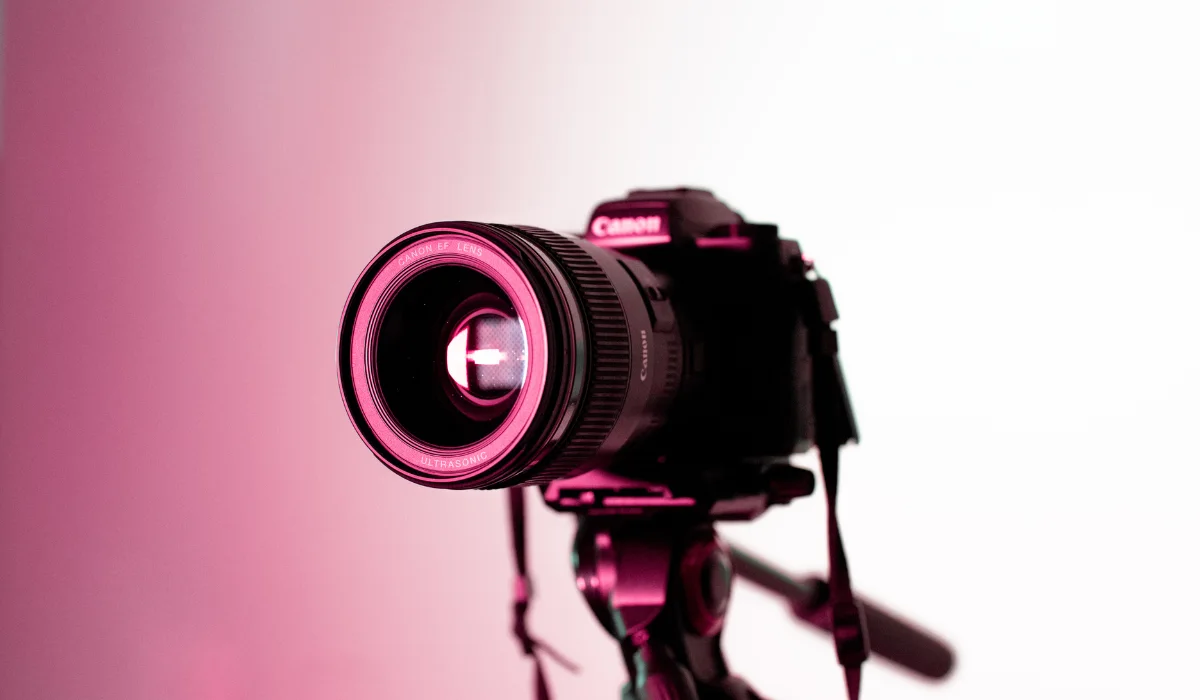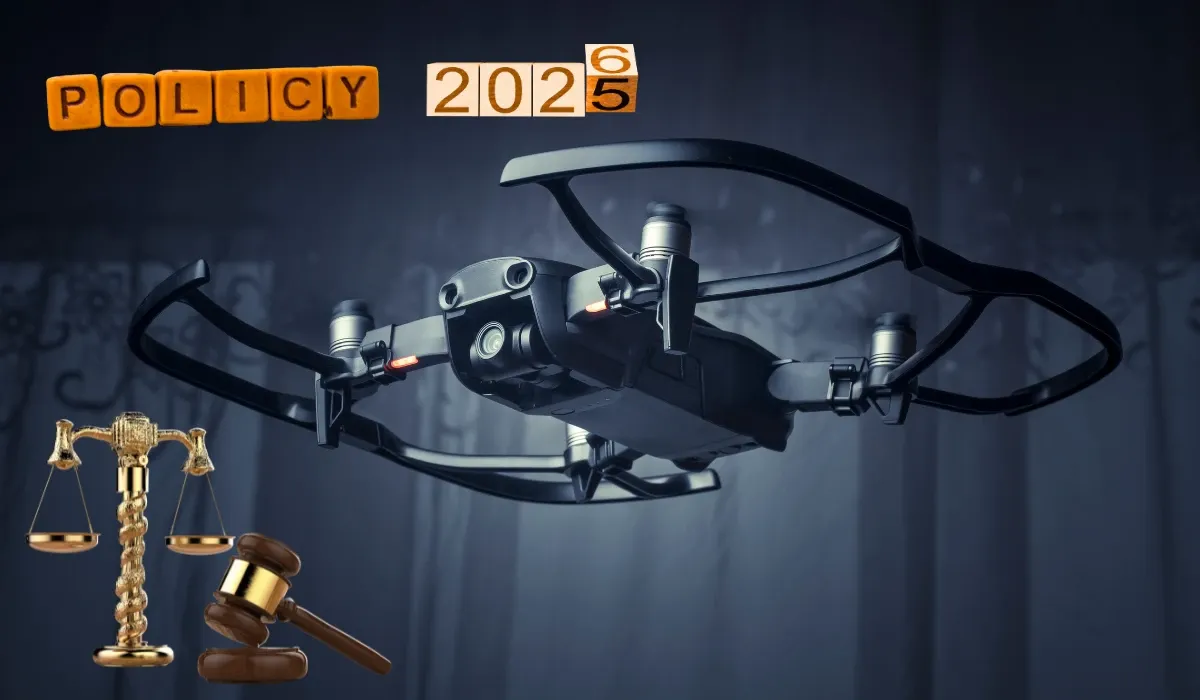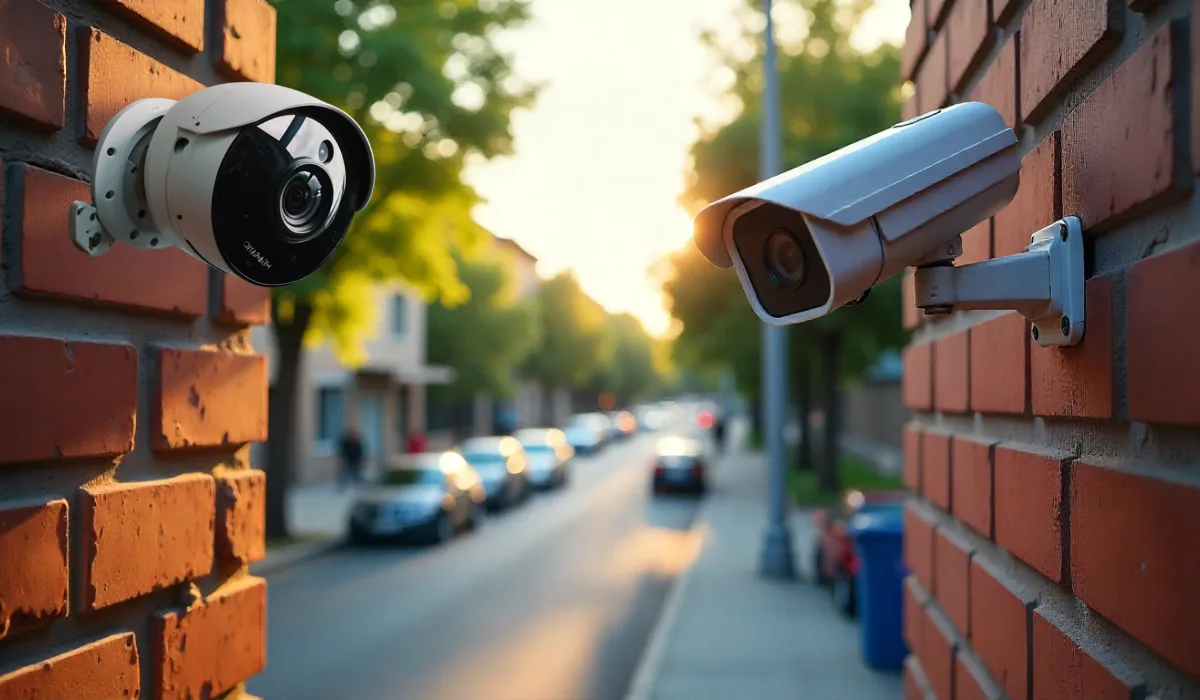Flying drones in India has become super popular in recent years. As someone who has been flying drones for over five years now, I've seen how the rules have changed. Whether you're a beginner or already own a drone, knowing the latest rules is really important. In this guide, I'll share everything you need to know about Indian drone flight rules and guidelines in simple terms.
Indian Drone Flight Rules and Guidelines: The Basics
When I first got my drone, I was confused about all the rules. But now I understand that these rules are there to keep everyone safe. The Indian drone flight rules and guidelines are created by the DGCA (Directorate General of Civil Aviation).
Flying a drone is fun, but we need to follow these rules:
- Get your drone registered
- Know where you can and can't fly
- Follow the right procedures before takeoff
- Understand the different drone categories
I learned all these the hard way, so I hope this guide helps you avoid the mistakes I made!
How India Classifies Drones
In India, drones are divided into groups based on their weight:
- Nano Drones: Less than 250g
- Micro Drones: 250g to 2kg
- Small Drones: 2kg to 25kg
- Medium Drones: 25kg to 150kg
- Large Drones: More than 150kg
When I bought my first drone, it was a micro drone weighing about 300g. I had to register it, but the process was simpler compared to larger drones.
Registering Your Drone in India: Step-by-Step Process
The first thing I had to do was register my drone. Here's how you can do it too:
- Visit the Digital Sky Platform website
- Create an account
- Fill in your personal details
- Enter your drone's specifications
- Pay the registration fee
- Wait for approval
The process took me about 10 days to complete. Once approved, I received a Unique Identification Number (UIN) for my drone.
Drone Registration Fees
The fees vary depending on your drone's size:
- Nano drones (under 250g): No fee required
- Micro drones: 1,000
- Small drones: 2,000
- Medium drones: 3,000
- Large drones: 5,000
I paid 1,000 for my micro drone, which I thought was reasonable for the legal permission to fly.
Flying Zones in India: Where Can You Fly Your Drone?
One of the most important things I've learned is to know where I can fly my drone. India divides airspace into different zones:
Green Zones
These are areas where you can fly with minimal restrictions. When I fly in green zones, I just need to inform authorities through the Digital Sky app before takeoff.
Yellow Zones
Flying in yellow zones requires permission. I once wanted to fly near a small airport, which was in a yellow zone. I had to submit a flight plan and get approval first.
Red Zones
These are no-fly zones. Red zones include areas near:
- International borders
- Military installations
- Government buildings
- Airports
I never attempt to fly in red zones as it can lead to serious legal trouble.
Do I Need a License to Fly a Drone in India?
This question confused me when I started. Here's what I learned:
- Nano drones (under 250g): No license needed
- Micro drones and above: Need a Remote Pilot License
Getting my Remote Pilot License involved:
- Completing a training course at a DGCA-approved school
- Passing a written exam
- Demonstrating flying skills
- Paying the license fee
The license is valid for 10 years, and I need to renew it after that.
Can We Carry Drones in International Flights to India?
Can we carry drone in international flights India? This is a question I get a lot. Yes, you can bring a drone to India on an international flight, but there are rules:
- Declare your drone at customs
- Have all drone documentation ready
- Register it on the Digital Sky platform within 30 days of arrival
- Pay any applicable customs duties
When I traveled to Dubai and brought my drone back, I had to pay about 18% in customs duties. Make sure you check the latest customs rates before traveling.
India Drone Laws Under 250g: Nano Drone Regulations
India drone laws under 250g are much more relaxed. If your drone weighs less than 250g, you enjoy these benefits:
- No registration required
- No pilot license needed
- No permission required for flying (except in restricted zones)
- No flight plan submission necessary
I recently bought a nano drone for casual flying, and it's been much simpler to use. However, I still follow safety guidelines and don't fly in restricted areas.
Drone Regulations in India DGCA: Official Guidelines
The drone regulations in India DGCA has established are comprehensive. Here are the key points:
Operational Requirements
When flying my drone, I always follow these rules:
- Fly only during daylight hours
- Keep the drone within visual line of sight
- Stay below 400 feet altitude
- Avoid flying over crowds
- Maintain a distance of 5km from airport boundaries
- Don't fl in bad weather
- Avoid flying over private property without permission
Documentation Requirements
I always carry these documents when flying:
- Drone registration certificate
- Remote pilot license (if required)
- Permission for flight (if flying in a yellow zone)
- Insurance documents
One time I was stopped by local police while flying, and having these documents saved me from trouble.
Penalties for Breaking Drone Rules in India
Breaking the rules can lead to serious consequences. I've seen people face:
- Fines up to 5 lakhs
- Confiscation of the drone
- Cancellation of license
- Legal action
A friend of mine flew his drone near an airport without permission and had to pay a hefty fine. It's just not worth the risk!
Drone Insurance: Is It Required in India?
While insurance isn't mandatory for all drones, I highly recommend it. My drone insurance costs about 2,500 per year and covers:
- Damage to the drone
- Third-party liability
- Theft coverage
One time my drone crashed into a tree, and the insurance covered the repair costs, which would have been about 15,000 otherwise.
Recent Updates to Indian Drone Rules
The drone rules in India keep changing. Some recent updates include:
- Simplified registration process
- Updated zoning system
- New guidelines for drone deliveries
- Relaxed rules for nano drones
In 2023, I noticed the process for getting flight permissions became much faster through the Digital Sky platform.
Commercial Use of Drones in India
If you want to use drones for business like I do for my photography work, you need:
- A commercial drone operator permit
- GST registration
- Additional insurance coverage
- Specialized training for specific operations
The paperwork is more complex, but the business opportunities make it worthwhile.
Best Practices for Safe Drone Flying in India
Based on my experience, here are some tips:
- Always check the Digital Sky app before flying
- Maintain your drone regularly
- Carry spare batteries
- Avoid flying in crowded places
- Respect privacy and don't film people without permission
- Keep your drone firmware updated
- Practice in open areas before attempting complex flights
I once had a close call when my drone almost hit a bird. Since then, I'm extra careful about scanning the skies before takeoff.
Common Questions About Indian Drone Regulations
Can I fly my drone at night?
No, flying drones at night is prohibited unless you have special permission. I once applied for night flying permission for a wedding shoot and had to provide additional safety measures.
Can I fly drones during festivals or events?
You need special permission. For my cousin's wedding, I had to get approval to fly my drone during the outdoor ceremony.
What if my drone weighs exactly 250g?
It would be classified as a micro drone, not a nano drone. My friend's drone was 252g, and he had to follow all micro drone regulations.
Can I fly my drone at beaches?
Yes, but only if they're in green zones. I enjoy flying at beaches but always check the zone first.
What happens if my drone goes missing?
You must report it to the local police and DGCA immediately. I had a scare once when my drone temporarily lost connection, but thankfully it returned home safely.
My Personal Experience with Indian Drone Regulations
When I first started flying drones in 2019, the rules were still developing. I remember struggling to understand all the requirements. Now, the system is more streamlined, but still quite strict. Last year, I wanted to capture footage of the sunrise at a famous monument. Despite planning weeks in advance, my permission was denied because it was too close to a government building. This taught me that even with preparation, some areas remain off-limits. On the positive side, I've seen how the rules protect both drone users and the public. Once, another drone operator at a beach was flying recklessly near children. A police officer checked his documentation and found he wasn't registered. This incident showed me why the regulations are necessary.
Final Thoughts on Indian Drone Flight Rules
Understanding Indian drone flight rules and guidelines might seem overwhelming at first, but they're designed for safety. In my years of flying, I've come to appreciate these regulations even though they sometimes limit where and when I can fly. If you're new to drones, take the time to learn the rules before your first flight. It will save you from potential legal issues and help keep everyone safe. Remember that drone technology and regulations are constantly evolving. What's true today might change tomorrow, so stay updated through the official DGCA website or the Digital Sky platform.



